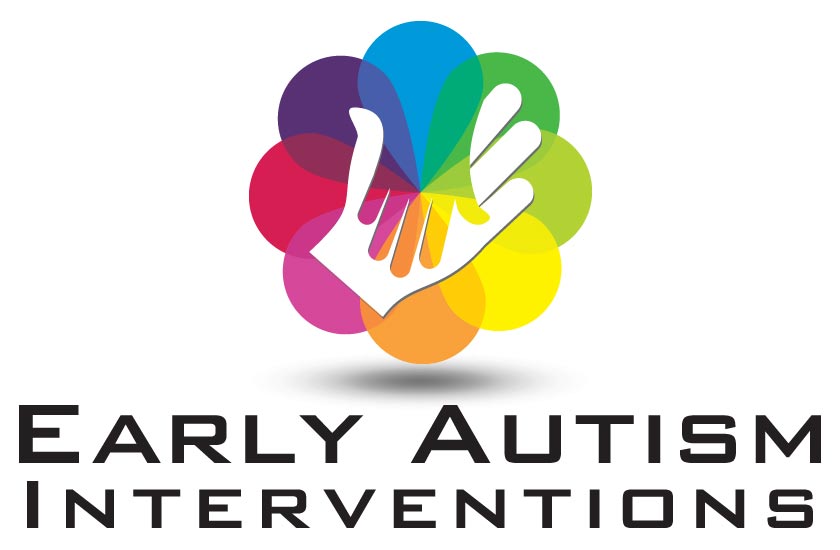By Poornima Bhat, Founder Director of Arivu Therapy Center, Mangalore



April 2nd is World Autism Day and April is Autism Month. The word “Autism” has so much stigma and myths attached to it. Googling gives us so much information that it can confuse us more than giving clarity.

As a Special mother and Special Educator let me say that a mother definitely understands when her child is different/behind emotionally/socially/behaviorally/physically. It is the gut feeling that something is wrong.
You may worry and then the first step you do is discuss with your near and dear family and friends. If you feel that something is amiss please observe the following Red flags and approach a Child Specialist/pediatrician for an evaluation and screening. There is nothing wrong in seeking professional help as they tell clearly if the child requires help or not.
Early Intervention gives your child a head start in life and let us discuss about the stragies you need to follow as a parent. By 2 years if your child is not responding to your instructions, unable to speak, unable to play with other children, throws tantrums or not responding, suddenly stop talking, we need to realize that the child is in a world of his or her own. These are the red flags of Autism.
He/she needs professional help in bringing him/her to our society and teach life skills. Let us discuss how can you help your child?•Learn about autism. The question “What is Autism?” asked by me with my Professor opened so many doors for me and enriched my life.
The more you know about autism spectrum disorders, the better equipped you’ll be to make informed decisions for your child. Educate yourself about the treatment options, ask questions, and participate in all treatment decisions.
Become an expert on your child. Understand what triggers your kid’s “bad” or disruptive behaviors and what elicits a positive response. Is it processed food? What does your autistic child find stressful? Calming? Uncomfortable? Enjoyable? If you understand what affects your child, you’ll be better at troubleshooting problems and preventing situations that cause difficulties.
•Accept your child with the differences and deficiencies. He/she is a child first but has behavior/emotional problem. Become their friend rather than a parent. We need to focus on the child’s positives and build the therapy on the existing positives. For example many autistic children are very intelligent and smart. However they may have poor concentration, hyperactivity and different behaviors. A good therapist will focus on positives and guide you accordingly.Parents are surprised when I say that our acceptance bring positive changes in autistic children. Enjoy your kid’s special quirks, celebrate small successes, and refrain from comparing your child to others. Feeling unconditionally loved and accepted will help your child more than anything else.
•Don’t give up. Your anxiety can actually worsen the situation. It’s impossible to predict the course of an autism spectrum disorder. Human brain has the capabilities to learn until our last day and person with Autism can learn even when they reach adulthood. As a parent you need to nourish and train your child. Remember God helps people who help themselves. Helping children with autism :
•Be consistent. Children with autism have a hard time adapting what they’ve learned in one setting (such as the therapist’s office or school) to others, including their home. For example, your child may use sign language at school to communicate, but never think to do so at home. As a parent you can create consistency in your child’s environment and pave the way to reinforce learning. Enquire with your child’s therapists and continue their techniques at home. Explose your child to many positive settings and understanding people and encourage your child to transfer what he or she has learned from one environment to another. Being consistent in interacting, setting boundaries with your child will help you deal with challenging behaviors
.•Stick to a schedule. Children with autism tend to do best when they have a highly-structured schedule or routine. Consistency is something they need and crave. Set up a schedule for your child, with regular times for meals, therapy, school, and bedtime. Try to keep disruptions to this routine to a minimum. If there is an unavoidable schedule change, prepare your child for it in advance by explaining to them.
•Reward good behavior. Positive reinforcement can go a long way with children with autism, so make an effort to “catch them doing something good.” Praise them when they act appropriately or learn a new skill, being very specific about what behavior they’re being praised for. Also look for other ways to reward them for good behavior, such as giving them a sticker or letting them play with a favorite toy.•Create a home safety zone. Carve out a private space in your home where your child can relax, feel secure, and be safe. This will involve organizing and setting boundaries in ways your child can understand. Visual cues can be helpful (colored tape marking areas that are off limits, labeling items in the house with pictures). You may also need to safety proof the house, particularly if your child is prone to tantrums or other self-injurious behaviors.
•Look for nonverbal cues. If you are observant and aware, you can learn to pick up on the nonverbal cues that children with autism use to communicate. Pay attention to the kinds of sounds they make, their facial expressions, and the gestures they use when they’re tired, hungry, or want something. Most moms that I have met have a good idea about this.
•Figure out the need behind the tantrum. It’s only natural to feel upset when you are misunderstood or ignored, and it’s no different for children with autism. Do not feel bad with others comments. They do not know the path of your journey, right?Finally denying the problem can only delay your child’s progress. The sooner you help your child the sooner is the recovery. Enjoy your child’s journey, educate and empower the society.











Be the first to comment on "Autism-Miracle of Early Intervention and Training"